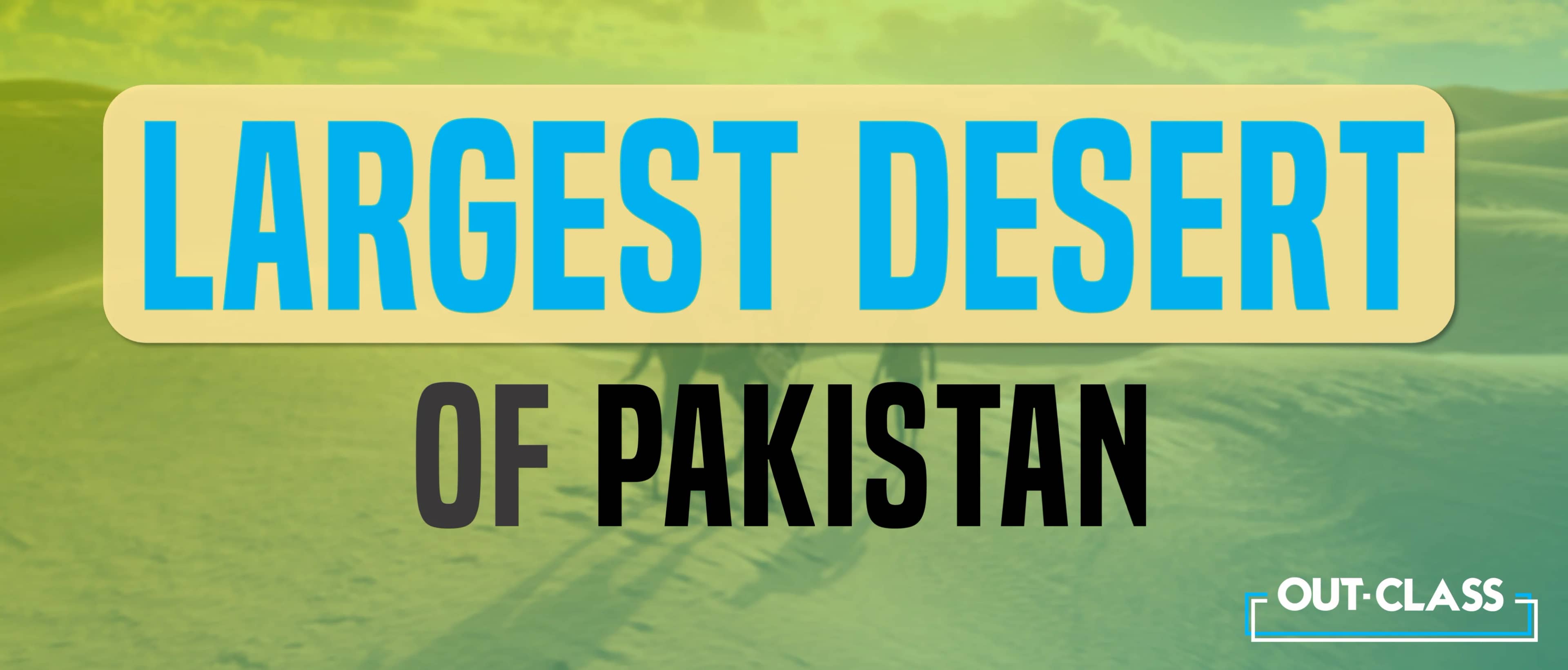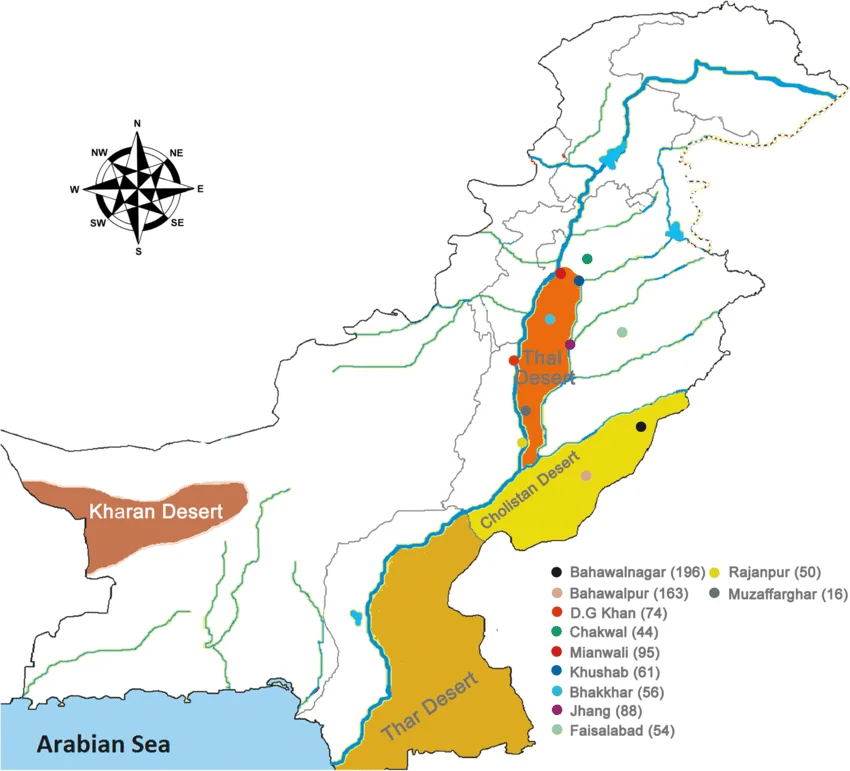Pakistan is known for its diverse landscape, ranging from towering mountains and flowing tapestries to expansive desert regions. As a Matric and O Level/IGCSE student, understanding Pakistan’s topography is essential to doing well in your Pakistan Studies exams. So, let’s dive in.
Desert topography in Pakistan
Pakistan’s deserts are characterized by undulating flat plains. These regions are very arid.
The five deserts of Pakistan are listed below for a quick O Level/IGCSE exam reference:
|
Desert Name |
Covered Area (in square kilometres) |
|
Thar |
175,000 |
|
Cholistan |
25,800 |
|
Thal |
10,000 |
|
Kharan |
48,000 |
|
Katpana (Cold Desert) |
N/A |
Which is the largest desert in Pakistan?
The Thar desert takes center stage as the largest desert in Pakistan with 175,000 square kilometres occupying the Eastern region, Pakistan (15%) and India (85%). It is also historically referred to as the “Great Indian Desert”. The Thar desert is also known as the third largest in Asia and the sixteenth largest in the World. It is a sizable, arid area with fewer dunes and slightly more precipitation.

Thar desert also takes the title of the hottest desert in Pakistan. Its climate characteristics listed below speak for themselves:
-
Max temp: up to 50° Celsius
-
Min temp: 5° - 10° Celsius
*Resource reference: Britannica
Thar’s lifestyle and culture
Being the largest desert in Pakistan, Thar exhibits a distinct culture and lifestyle.
-
The local inhabitants have adapted to the hot climate through insulating mud houses.
-
Agriculture and animal husbandry is prominent despite the harsh climate in Pakistan’s largest desert.
-
Recently, the government has set up irrigation schemes to turn tracts of the desert into arable land.
-
Folk tales and local songs have carried forward for generations. Therefore, the population has a rich sense of identity.
An Overview of Deserts in Pakistan:
Cholistan Desert
The Cholistan desert extends up from the Thar desert in southern Pakistan and has similar climate characteristics. Historically, this region has numerous caravan trade routes.
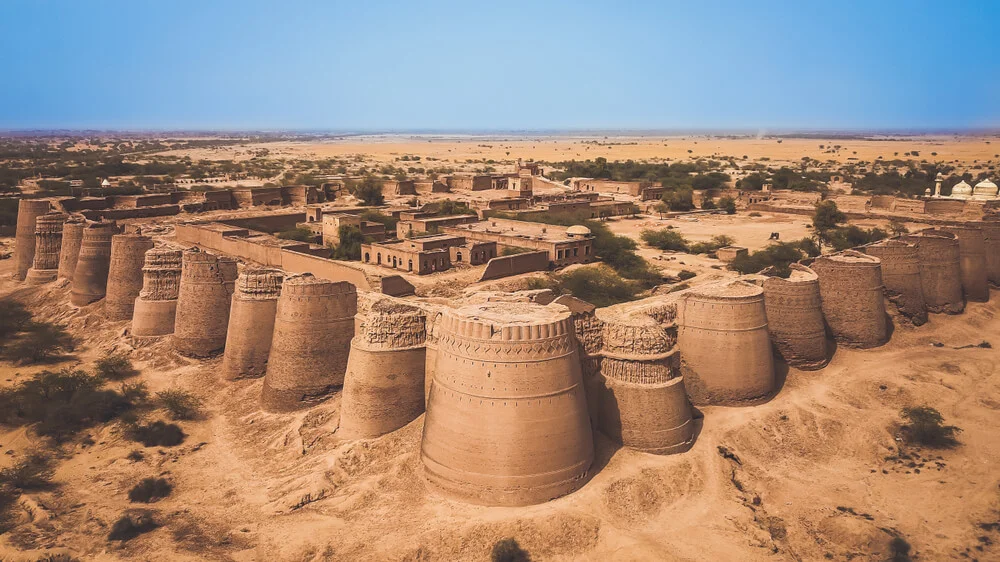
Thal Desert
Found in Punjab, this desert comprises sandy dunes and has semi-arid conditions year-round. Agriculture is practiced in many parts.
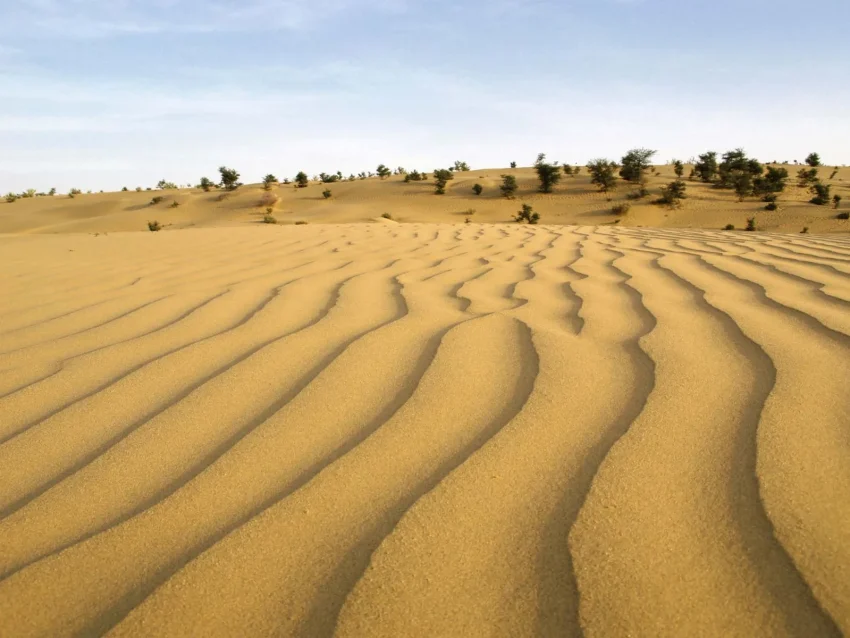
Kharan Desert
This is a unique mountainous desert located in Balochistan. However, the lack of irrigation makes it unsuitable for agriculture.
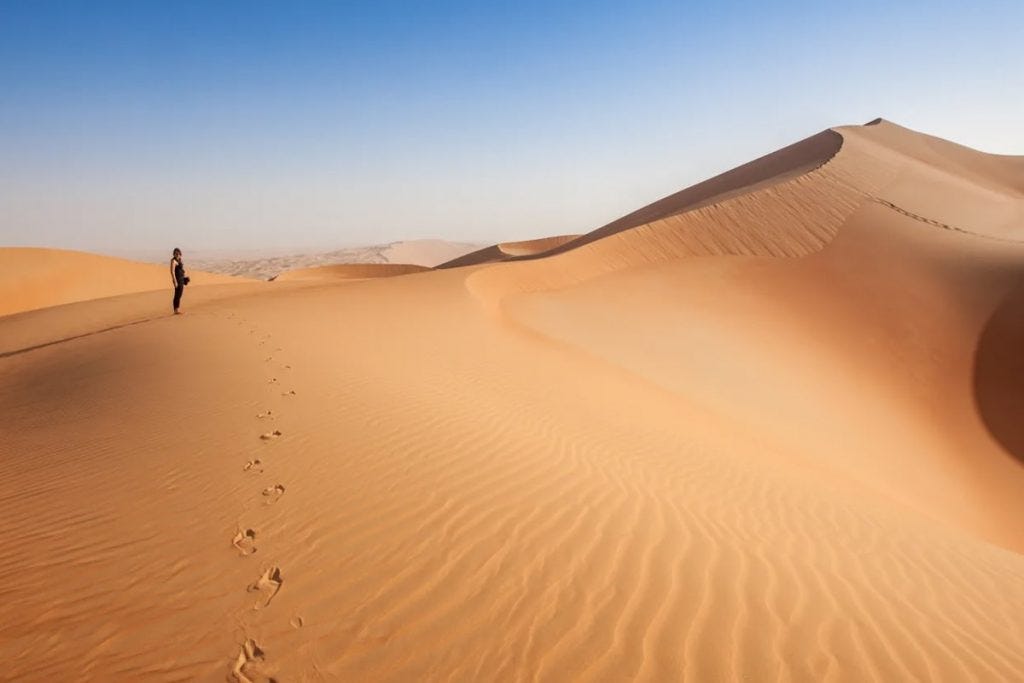
Katpana Desert
This small yet high-altitude desert has become a popular tourist destination near Skardu. Although artificial irrigation enables agriculture, tourism is the main source of livelihood for people here.
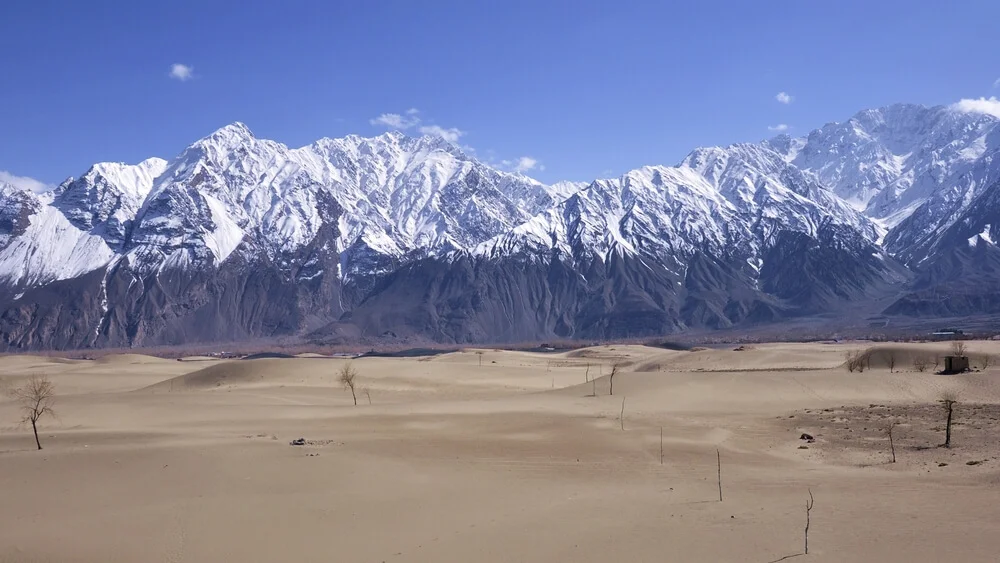
Conclusion
Although Pakistan has numerous, varied desert landscapes, the Thar Desert emerges as the largest desert. The other deserts also have unique lifestyles determined by factors such as irrigation and tourism.
Most Common Repeated Questions:
Unlock the secrets to acing your CAIE IGCSE/O Level exams with a sneak peek into the most frequently asked questions that have graced the past papers!
- i) Study Fig 1.2. Describe the main features of the desert area shown in the photograph. (3)
ii) Explain the challenges of living in a desert area, such as that shown in Fig 1.2. You should develop your answer. (4) [May/June 2018]
FAQs:
Q. How much area of Pakistan is desert?
Pakistan is known for its diverse landscape, ranging from towering mountains and flowing tapestries to expansive desert regions. Desert regions cover 13.82% of Pakistan’s land.
Q. Which is the oldest desert in Pakistan?
Cholistan desert is the oldest desert in Pakistan.
Q. How many deserts are there in Pakistan?
Pakistan has five varied desert landscapes. It is home to five significant deserts that were once forested. These include the Thar Desert in Sindh, the Kharan Desert in Balochistan, the Katpana Desert in Skardu, the Thal Desert in the Bkhar district of Punjab, and the Cholistan Desert in Bahawalpur, Punjab.
Here's a little sneak peek into our O Level/IGCSE Pakistan Studies course:
